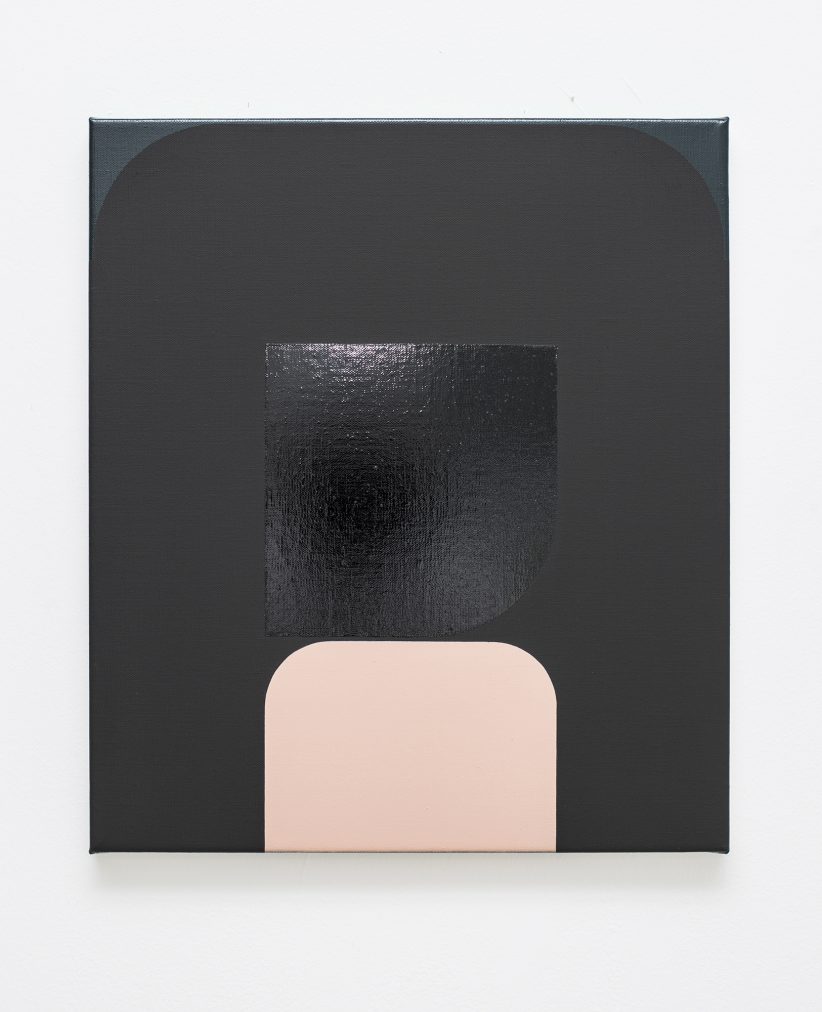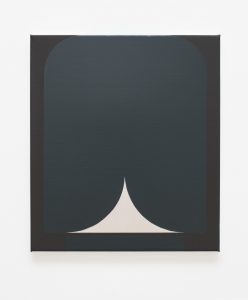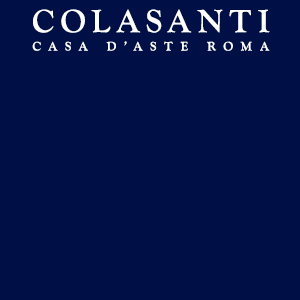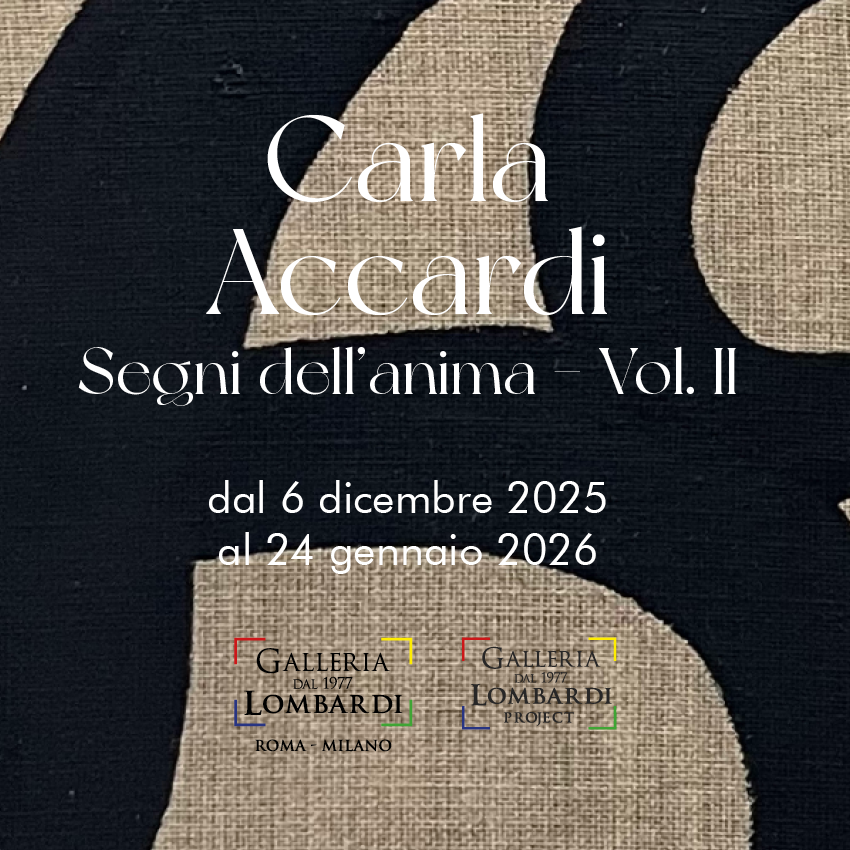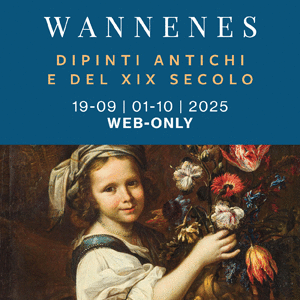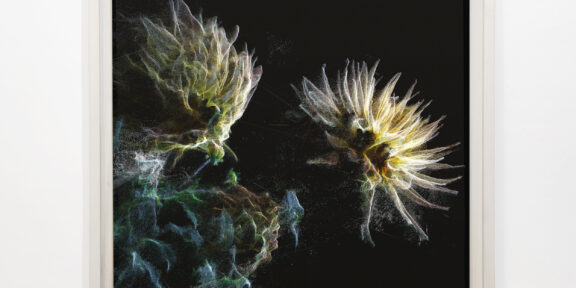
A chat with Irina Ojovan, who is in Milan for the group exhibition Dusk Till Dawn @ The Flat – Massimo Carasi
Dusk Till Dawn, the new group exhibition presented at The Flat gallery, brings together four artists that investigate the light and the colour. A collection of works that examines our perception of light and of the hues created by it from sunset to sunrise. Irina Ojovan, Maurizio Viceré, Matthew Allen and Daniel Mullen, these are the young artists whose works can be seen at The Flat until July 26th.
Irina Ojovan (1988, Chisinau, Republic of Moldova) studied at the academy in Rome and Turin before moving to Germany, where she currently lives. In her fascinating compositions shapes and colours are combined to create architectural-like spaces. We had the opportunity to ask her some questions:
Colour seems to be central in your artworks: what is its role in your creation process?
Colour has a big importance for me, but it stops being the starting point when I develop an artwork. I had been interested in it for a long time, but at this point of my artistic career I know how to handle it. Every time I think about an idea for a work I already know which are the techniques I need. Subsequently I choose the the material I have to work with and I imagine the way I will work with colour: how much I will use of it, how I will mix it, and so on. Surely it is important for me, but in this moment working with color is something that somehow goes in secondary plan.
So what is the starting point?
I will give you an example. For the series I’m presenting here in The Flat I started asking myself “How can I depict something that is complete, but yet not saying everything?”, I wanted to give just an impression of it. The series – Sarmizegetusa – takes its name from a Dacian fortress in Romania. Those ruins pushed me to imagine to complete them in my mind. So I translated this feeling in my works: taking an element which was complete as a form, a circle for instance, and using just a part of it. Half or a quarter of the circle, like the start of something. I just start telling the story, so the viewer can complete it.
I’m also interested in space, as positive and negative. I give them the same importance: to the positive space, as visible, and to the negative space, as absence of something. This attention to the space is present both in my sculptures and compositions. For example, in Sarmizegetusa compositions I use the glossy black to give the impression of presence – positive space – and matt black for absence – negative space.
You have travelled a lot for studying and for your exhibitions. Italy, Germany, Sicily and France, just to mention some. Have different landscapes and atmospheres had an influence on your creative process?
Yes. I have never had fixed references for my works. I basically never start working on a series of works from something like a photo. It’s always about the memories that arise from my subconscious. I’m a person that looks a lot around and I prefer to train myself, my brain, my eyes and my body to absorb all these information rather than taking always pictures around me. Afterwards I try to elaborate those information and translate them into a work. Otherwise it would be like making a copy of what I saw. In this process sometimes it happens that once I finish a work it remembers me of something, but I cannot tell precisely what. Some months ago, while I was traveling from Munich to Turin, I saw an highway signal and suddenly I realized that its shape was the same of an artwork of mine! The series City Portrait can be esemplificative of this process of absorbing and translating. I was just arrived in Munich from Rome, and everything was so different. Rome is kind of reddish, but in Munich I could find a violet building close to a green or white one. This explosion of colours influenced me and I absorbed all I had seen around the city.
Through the years your palette shifted towards darker tones. Is there a reason for that?
Before my main goal, or investigation, was the research of color, of transparencies. Every time I was starting from the white (both on the canvas and in my mind), again and again for each work. But at some point it became kind of boring, it wasn’t stimulating for me anymore, and I didn’t want to lose myself in this endless process. I decided to take one way and try to keep straight with it. That’s why in the series Sarmizegetusa I decided to reduce the palette, to force myself by using just three colours most of the time: matt/glossy black, a hue of pink, and green. I challenged myself to see if I would have been able to work with those colours and continue to investigate further and further. But sometimes I do make works for the other series, called Thoughts, in which I’m more free to experiment. It is called like that because in my head there is a lot of information, really.

What is the relation between colours and shapes in your works?
When I start working, I begin with the drawing. I give importance to the shapes and then I add the colours. It’simportant, doing composition, to first draw the shapes and then add colours: you might make something in which colours are so well balanced that you could miss the main thing. That’s why I start just from black and white; once you achieve and reach perfect balance between shapes, then colour can come and make the composition even better. By starting from the color instead you can loose yourself, because you can be amazed by them. I want to go deeper, that’s why I’m always making – in my mind or with charcoal – a really quick sketch with the forms and then adding colours. So I would say that for me is the drawing, the architecture inside the work, more important than the colour itself.
Future Plans?
I have a group exhibition at the end of June in Berlin. Then I will finally make my new serie and I’m planning to make some sculptures, bigger works in metal. I will spend June, July and August for that. Then in October I will have a project in Munich, then in January another Solo exhibition.



